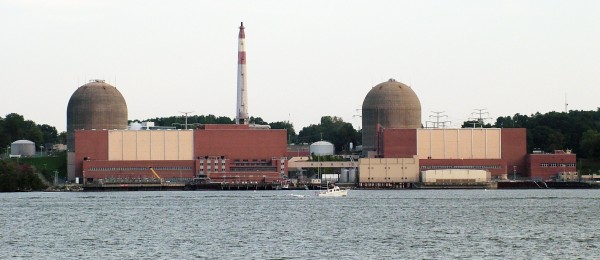The owner and operator of Indian Point Energy Center lost the most recent court battle in its ongoing tussle with New York state, this time over a 2012 expansion of a state-protected habitat on the Hudson River.
The Appellate Division of the state Supreme Court in Albany this month affirmed a lower court”™s decision in favor of the state and its right to extend the protected area by 9 miles.
Miles 45 through 56 of the Hudson River were designated by the state in 1987 as a “significant coastal fish and wildlife habitat area.” In 2012, that area was extended by the state Department of Environmental Conservation to span from miles 40 through 60. The new 20-mile zone, which runs through Dutchess, Orange, Putnam, Rockland and Westchester counties, is called the Hudson Highlands.
Entergy Nuclear Wholesale Commodities, the operator of Indian Point and a business segment of Entergy Corp., took legal action in October 2012 against the DEC and the state Department of State, hoping to annul the expansion of the environmental protection area on the Hudson because mile 42 runs adjacent to the nuclear power plant in Buchanan.
The owner of Indian Point, which uses about 2.5 billion gallons of water a day from the river to cool its reactors, argued that the scientific basis supporting the DEC”™s decision to amend the mileage was flawed.
The appeals court agreed with the lower court that the DEC and Department of State had “a rational, scientific basis for their conclusions so as to support the July 2012 modification,” according to the decision, written by Justice Christine M. Clark and entered on July 9. In a footnote, Clark, quoting a past state decision, wrote that “the issue here is not one of substantial evidence but, rather, whether the (agency”™s) determination has a rational basis.” Entergy had to prove that the basis for a new regulation was irrational or unreasonable, according to state law.
Pleased with the outcome was the office of state Attorney General Eric T. Schneiderman.
“The Hudson River and its ecosystems are among New York”™s precious natural resources. This decision will help put protections in place that will ensure the health and vitality of the river and its wildlife for generations to come,” according to a statement from Matt Mittenthal, a spokesman for Schneiderman.
Jerry Nappi, a spokesman for Entergy, wrote in an email that the company is “considering the decision and our potential options.”
Entergy has 30 days from the date of the decision to decide whether to appeal to the Court of Appeals, the state”™s highest court.
Indian Point is involved in other litigation as it awaits a decision from the Nuclear Regulatory Commission on whether to renew the licenses for the plant”™s two reactors. Entergy applied to be relicensed with the federal agency in 2007, but the process has been held up for years as the company litigates a variety of issues with the state.
The license for the facility”™s Unit 2 reactor expired in September 2013 and Unit 3”™s license will expire at the end of this year. Because Entergy applied for license renewals more than five years in advance, it was granted extended licenses until the legal issues have been resolved.
In another case in December, the Appellate Division of the Supreme Court ruled in favor of Indian Point and said the facility is exempt from the state”™s Coastal Management Plan, which also helps protect the river”™s habitats. The Department of State is appealing the ruling with its first brief due Sept. 17.
A separate problem Entergy is facing with the DEC has to do with acquiring a Water Quality Certificate from the state, which is necessary as part of the license renewal process with the NRC. The crux of the issue is determining the best option to keep fish and larvae out of the river water Indian Point uses to cool its reactors.
Hearings on the alternatives being considered ”“ which include forcing summer outages during fish spawning season, installing expensive cooling towers or using wedge-wire screens to keep fish out ”“ are scheduled from Sept. 14 to Oct. 2.


















